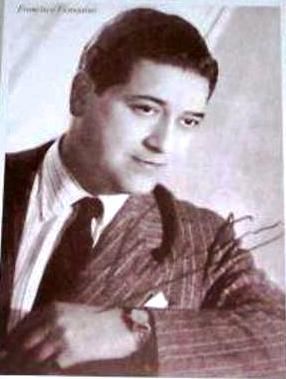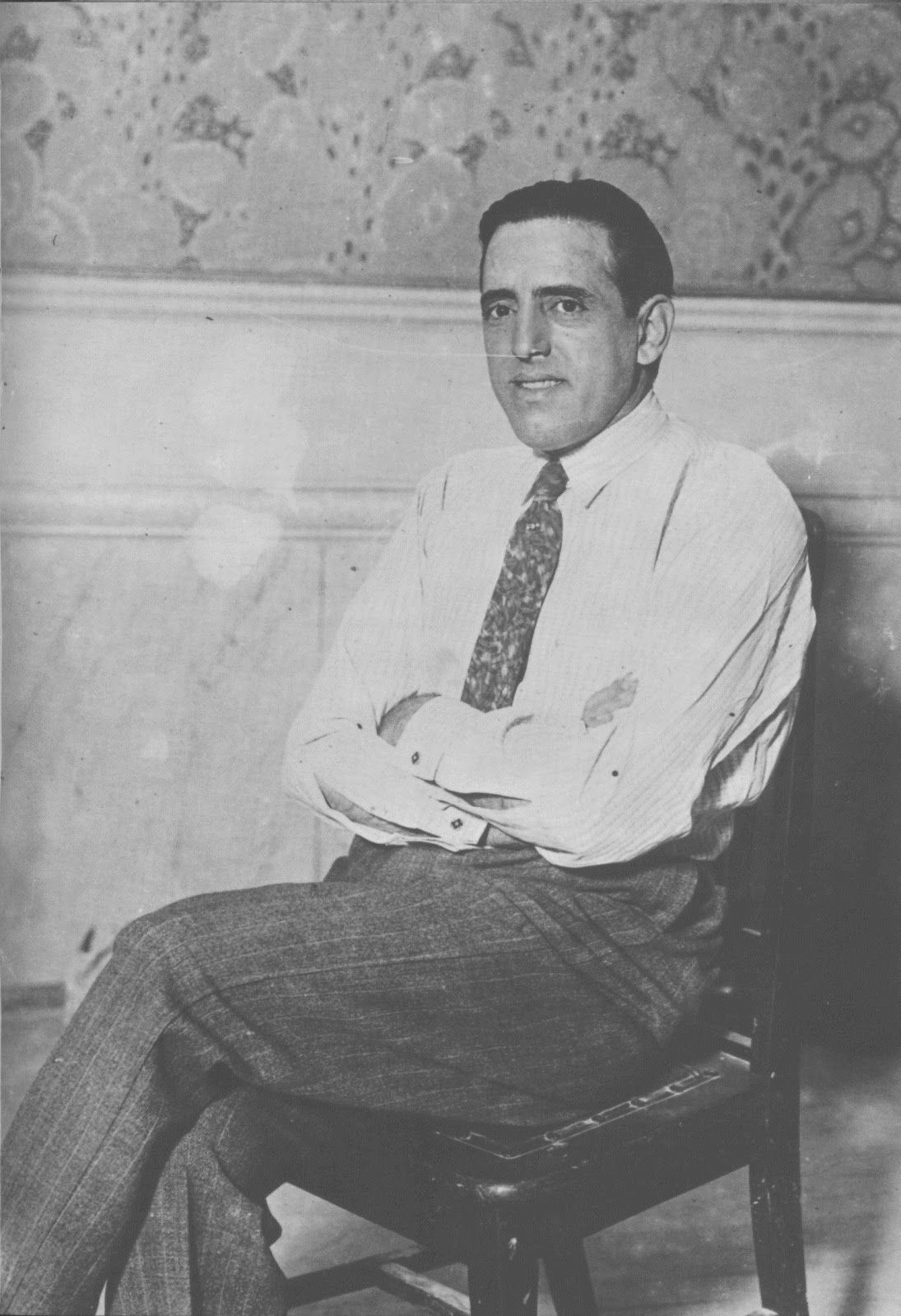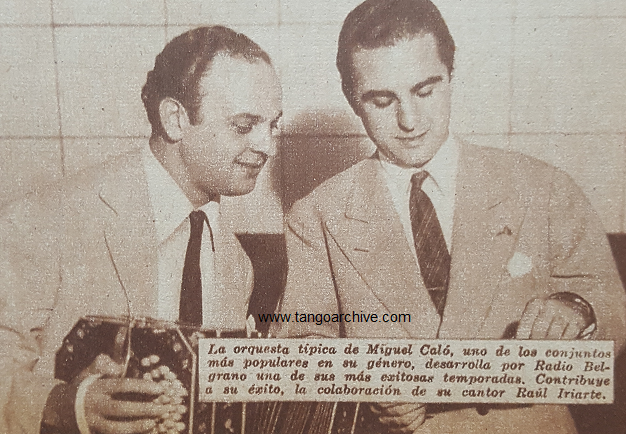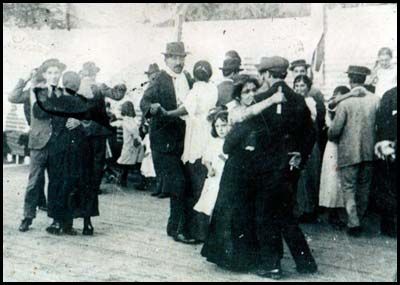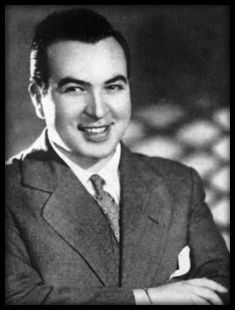“Mano brava” by Anibal Troilo y su Orquesta Típica with Francisco Fiorentino in vocals, 1941.
 Francisco Fiorentino
Francisco Fiorentino
Singer, bandoneon player and composer
(23 September 1905 – 11 September 1955)
Fiorentino was, no doubt, the archetype of the orchestra singer, a concept which synthetically describes the main feature of tango in the 40s, when the singer was a member of the group on the same level as the musicians. Fiorentino and Troilo achieved a well-oiled mechanism, of a perfect match where the orchestra was spotlighted in a long introduction to afterwards provide the adequate background necessary for the singer´s showcasing.
He was not virtuoso, his voice was small and his diction was far from impeccable, but these technical disadvantages did not hamper his amazing success. His interpretations of the tangos “Gricel”, “Garúa” and “De barro”, of the waltz “Tu diagnóstico” and of the milonga “Mano brava” turned out anthological. Continue reading at www.todotango.com…
Listen and buy:
 |
 |
